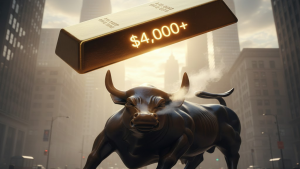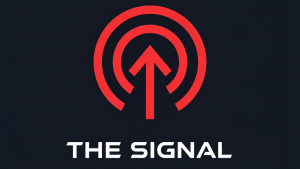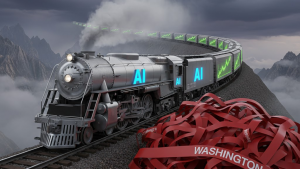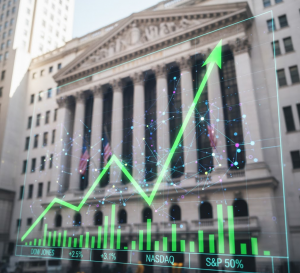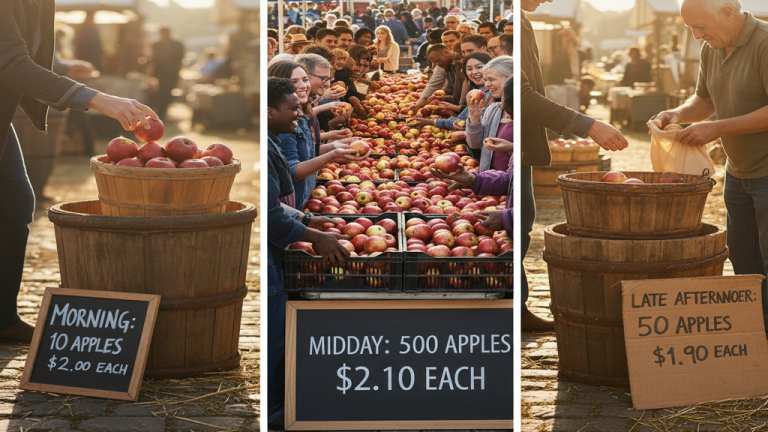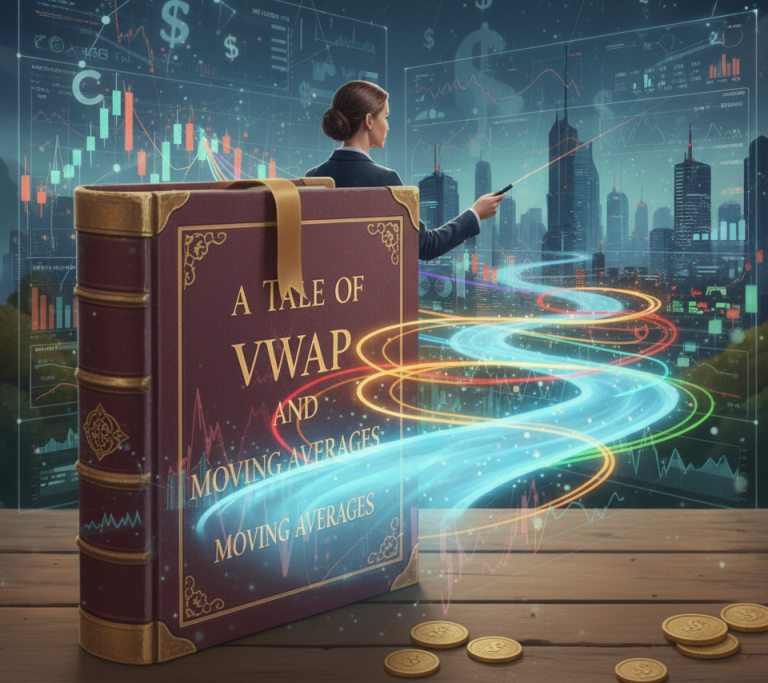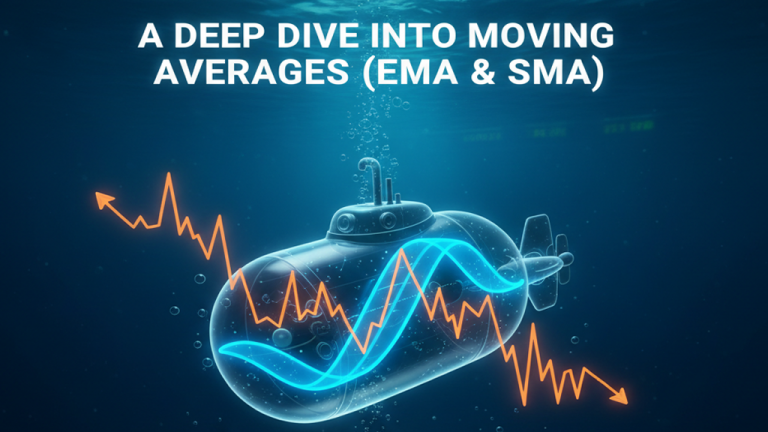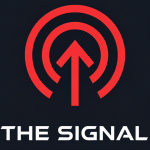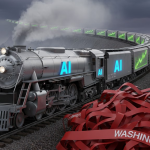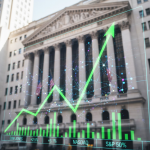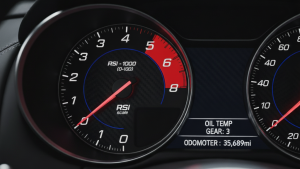The Market’s Ever-Shifting Sands
Summary TLDR
Slippage is the difference between the price you expect your trade to execute at and the actual price at which it is filled. It most often occurs with market orders in fast-moving or thinly traded markets.
Introduction
The market is a living entity, a river of prices in constant motion. When you decide to enter this river, you aim for a specific spot, but in the time it takes to act, the current may have already carried that spot downstream. This gap—the small but crucial difference between your intended entry point and your actual one—is known as slippage. It is a fundamental reality of trading in a dynamic environment, a direct consequence of the delay that exists between a decision and its execution.
The Core Concept (Explained Simply)
Imagine you are at a grocery store and see a price tag for a carton of milk for $5.00. You decide you want it and begin walking towards the checkout. As you are walking, a store employee is simultaneously updating the prices. By the time you arrive at the register just a few seconds later, the price has been updated to $5.05.
The 5-cent difference between the price you expected to pay when you made your decision and the price you actually paid is slippage. It happened because the price changed in the brief interval between your observation and your transaction. It wasn’t a mistake; it was simply the result of acting within a system that is constantly updating.
Slippage in the market works the exact same way. It is the result of a price changing in the milliseconds it takes for your order to travel from your computer to the exchange and be executed.
From Theory to Practice
Slippage is a key concept for traders to understand, as it represents a hidden transaction cost. It is not a fee charged by your broker, but rather a consequence of market mechanics.
- When Does It Occur? Slippage is most common under two conditions:
- High Volatility: During major news events, earnings announcements, or periods of panic, prices can change extremely rapidly. The price you see when you click the “buy” button may no longer exist by the time your order arrives.
- Low Liquidity: In thinly traded stocks (those with few active buyers and sellers), there may not be enough shares available at your expected price. Your order may have to be filled at the next available price, which could be significantly different.
- Who Does It Affect? Slippage primarily affects traders using market orders, as these orders prioritize speed over price. A trader using a limit order is protected from negative slippage because they have explicitly forbidden the system from filling their order at a price worse than their limit.
- Types of Slippage:
- Negative Slippage: The most common form, where you get a worse price than expected (paying more on a buy, receiving less on a sell).
- Positive Slippage: A rare but possible event where the price moves in your favor during the execution, and you get a better price than anticipated.
A Brief Illustration
A trader is watching a stock that is experiencing a surge of interest due to a news story. The current quote shows a Bid of $20.00 and an Ask of $20.10.
The trader, wanting to get in quickly, places a market order to buy 100 shares, expecting to pay the ask price of $20.10. However, the stock is volatile, and in the fraction of a second it takes to execute the order, all the shares available at $20.10 are bought by other traders.
The next available shares are at $20.15. The trader’s order is therefore filled at this new, higher price.
- Expected Price: $20.10
- Actual Price: $20.15
- Slippage: $0.05 per share, or $5.00 total for the order.
This 5-cent difference is the cost of slippage.
Why It Matters
- It’s a Trading Cost: Slippage can be a significant hidden cost that erodes the profitability of a trading strategy, especially for high-frequency traders or scalpers.
- It’s a Measure of Risk: The likelihood of slippage is an indicator of the market’s current volatility and liquidity. Being aware of this can help in managing risk.
- It Influences Order Choice: The risk of slippage is a primary reason why many traders prefer to use limit orders, which give them control over the execution price.
